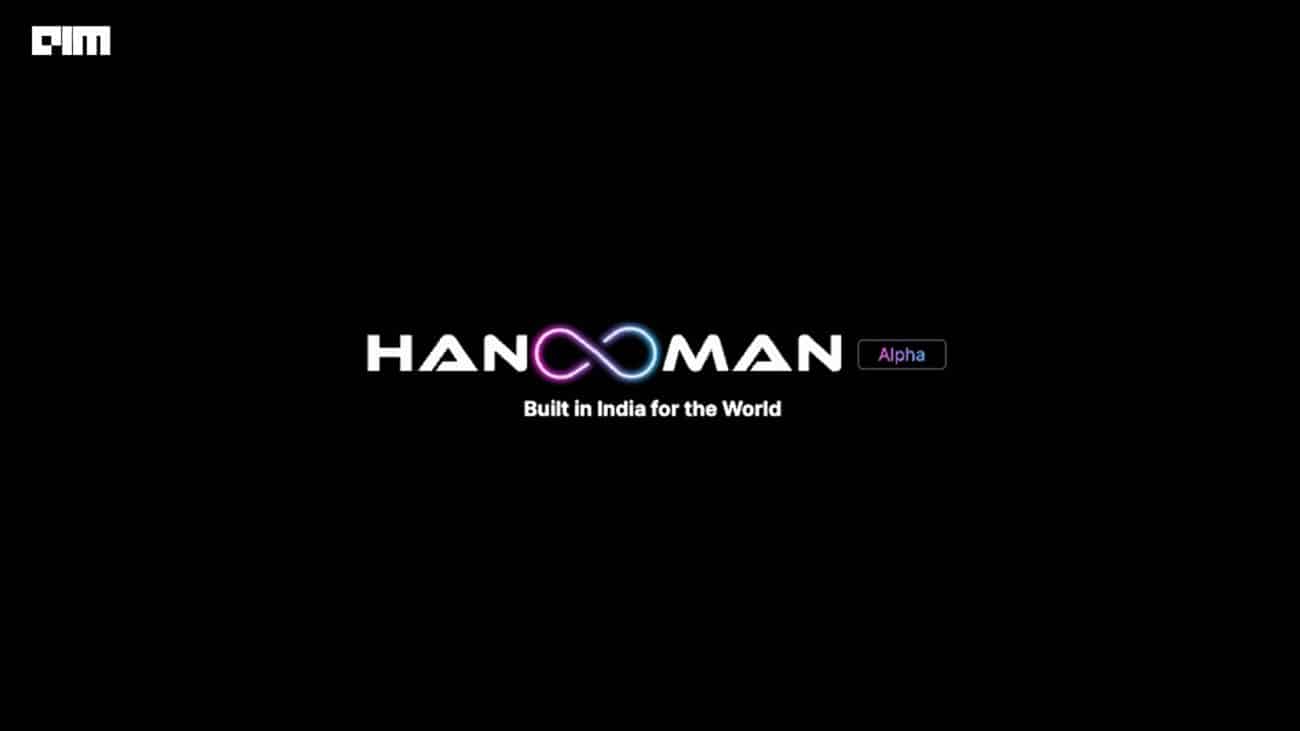Wikipedia has been one of the few companies which integrated AI into its daily operations very early on. To resolve its editing issues and enable users to edit and change almost any article, Wikipedia introduced an AI tool called Objective Revision Evaluation Services (ORES) to detect bad or malicious edits and alert Wikipedia’s human editors to take action.
But even after using AI in its practice, Wikipedia still perpetuated bias and overlooked scientists, many of whom were women. From the total registered biographies of scientists, women constituted only 18 per cent of it. It was also found that between 84 and 90 per cent of Wikipedia editors are male.
To resolve this problem, Primer introduced what industry’s first machine-generated knowledge base for scientists that identified these omissions and made it possible for all to not trawl around finding missing names and provide users with a huge amount of well-sourced information in a quicker timeframe.
Primer collaborates with non-profit female STEM group 500 Women Scientists to heavily use Quicksilver in Wikipedia editathons to improve the website’s coverage of women of science. Quicksilver was until now has fed nearly 40,000 scientist entries that included Wikipedia articles, Wiki data entries, and over 3 million news coverage sentences relating to scientists’ work.
Our new self-writing, self-updating knowledge base AI technology has finally been unveiled. Read more to learn how it's helping the science community today. https://t.co/hs7XPSHCn7
— Primer (@primer_ai) August 3, 2018
Lowdown On AI-based tool Quicksilver
Quicksilver is an AI-based software tool by San Francisco startup Primer designed to help Wikipedia editors fill in blind spots in the crowdsourced Wikipedia, world’s fifth-most-visited website which has a long-running problem with gender biases.
The main target of this AI-based app is to resolve the underrepresentation of women in science:
- Primer’s Quicksilver uses machine-learning algorithms to mine news articles and scientific citations to find notable scientists missing from Wikipedia, and then write fully sourced draft entries for them
- Quicksilver has produced nearly 40,000 summaries like that some of which are longer and minor glitches, the norm for both men and women scientists missing from Wikipedia. Primer releases a sample of 100 on a daily basis
- The bot doesn’t on its own adds its output to Wikipedia. Instead, the summaries that it generates provides a starting point for Wikipedia’s editors, who can clean up errors and check the sources to prevent any algorithmic slip-ups contaminating the site
- Overall, Quicksilver can help editors keep existing Wikipedia articles up to date. Quicksilver provides facts it had scraped from the web, including links to the sources, on women scientists with short Wikipedia profiles
- Quicksilver is a hybrid version from tools and data that Primer usually uses to serve clients including US intelligence agencies and major finance companies
- The start-up offer software that ingests internal or external data think news feeds or internal documents and generates graphics or written reports
According to a museum researcher Maria Strangas, the AI tool has helped the 25 first-time editors that she knows to update the pages for roughly 70 women scientists in just two hours.
How Quicksilver Works?
- In the first step, the tool collected nearly 30,000 Wikipedia articles about scientists to train algorithms to detect the signals in news articles that match with a researcher who is registered on site
- This information included the Wikipedia articles themselves, the scientists’ Wiki data entries, and a total of more than 3 million sentences from news coverage describing the scientists and their work
- Once that information is stored, Primer’s team uploaded the names and affiliations of about 200,000 scientific paper authors. It takes Quicksilver only a day to determine that 40,000 of those authors do not have corresponding Wikipedia entries as such
- The software recaps the facts needed to write missing entries from a collection of 500 million news articles and feeds them into a system trained to generate biographical entries from past examples
- The tool even flags up important information missing from existing entries
- The system then proceeds to automatically draft Wikipedia-style entries on the omitted scientists using information it had been fed
- Primer uses technology that builds on past work by Google and other researchers, including a study on how machine learning can generate basic Wikipedia articles
Below is a sample created for Miriam Adelson –
Miriam Adelson is a doctor and chairman of Dr Miriam & Sheldon G. Adelson Clinic for Drug Abuse Treatment and Research. With her husband, Sheldon Adelson, she owns the Las Vegas Review-Journal and Israel Hayom. She was listed by Forbes in June 2015 as having a fortune of $28 billion, making her the 18th richest person in the world. She has frequently been cited in media reports as the newspaper’s owner, including in JTA.
Outlook
Wikipedia as a community always monitors content generated with Quicksilver’s help, as even tools like this can be susceptible to bias. But at its best, the tools will still be helpful as an assistant to a human-led process.
- Quicksilver is considered to be the first attempt to have machines make Wikipedia’s ambitious aims more tractable
- The Primer team has already provided Quicksilver for about three English Wikipedia edit-a-thons specifically focused on improving the site’s coverage of women scientists
- Primer is working to make Quicksilver multilingual too, initially expanding into Russian and Chinese, and to expand it to cover other subjects, such as politicians and all
According to Bohannon, Head of Quicksilver, the goal is definitely not to have a bot write Wikipedia but to act as a launchpad for people who do want to write new pages or update old ones. Primer’s project began when Bohannon met Wade and others trying to improve the representation of women on Wikipedia at a tech. conference and began to wonder how algorithms could help.





















































































